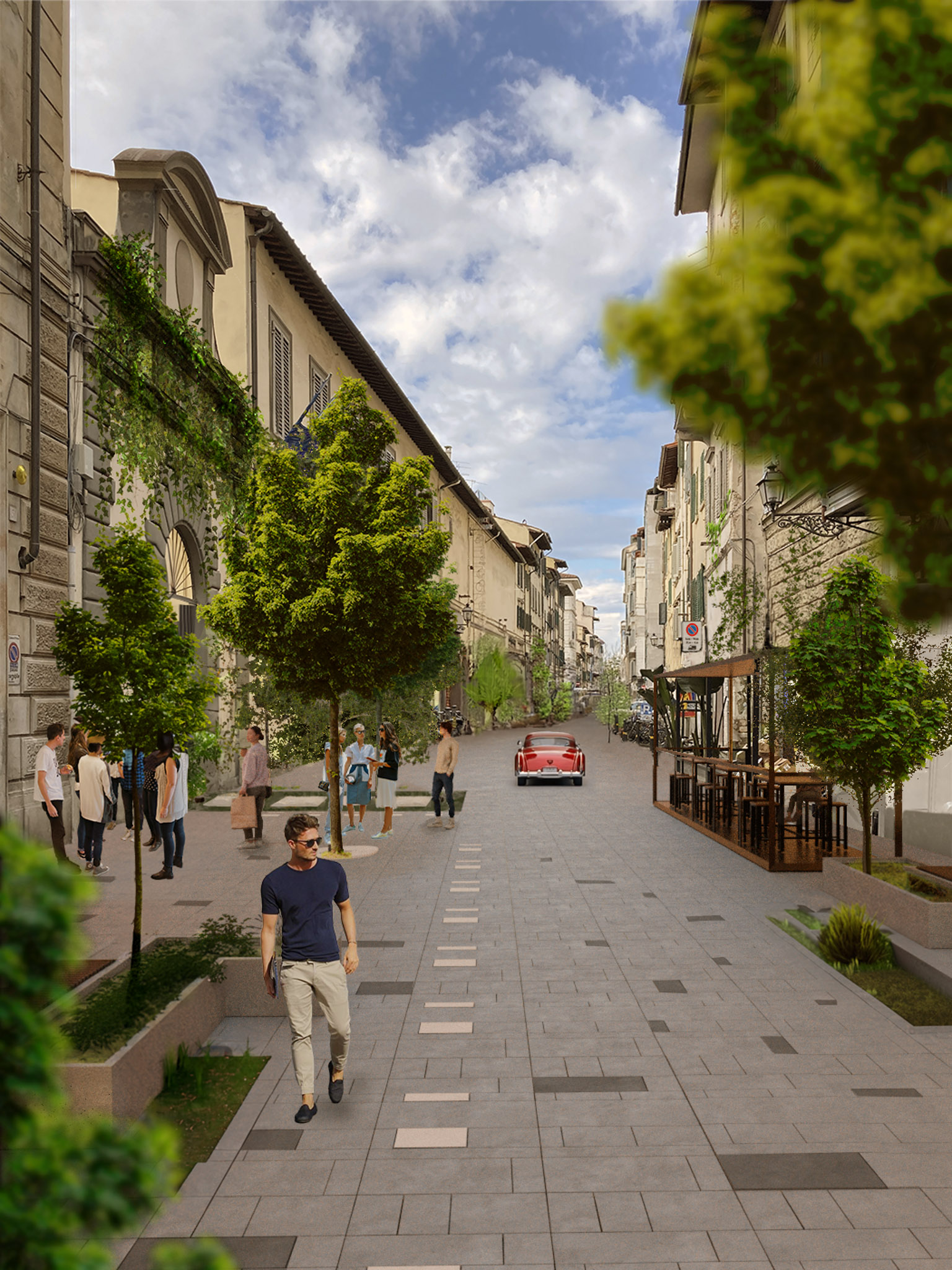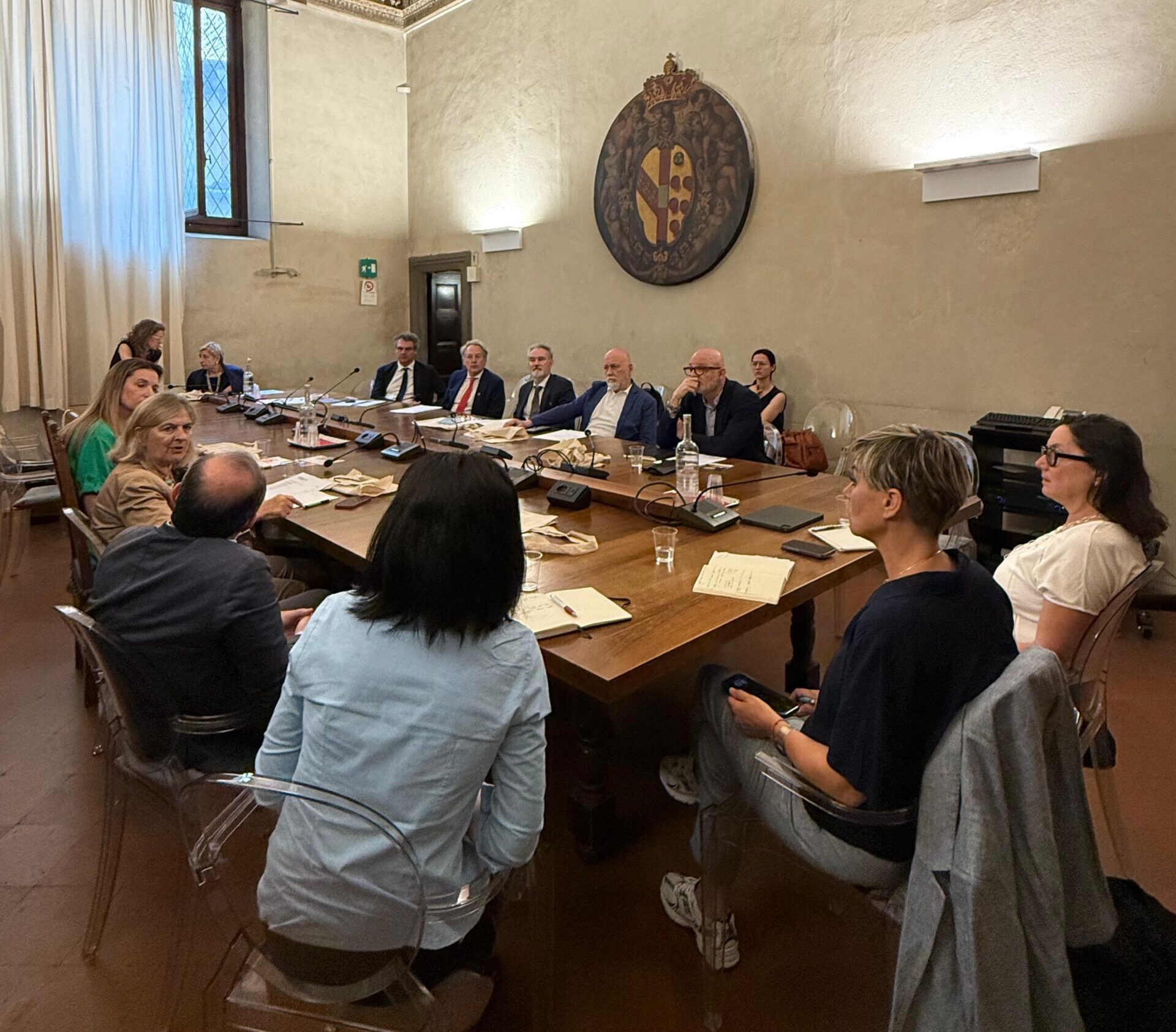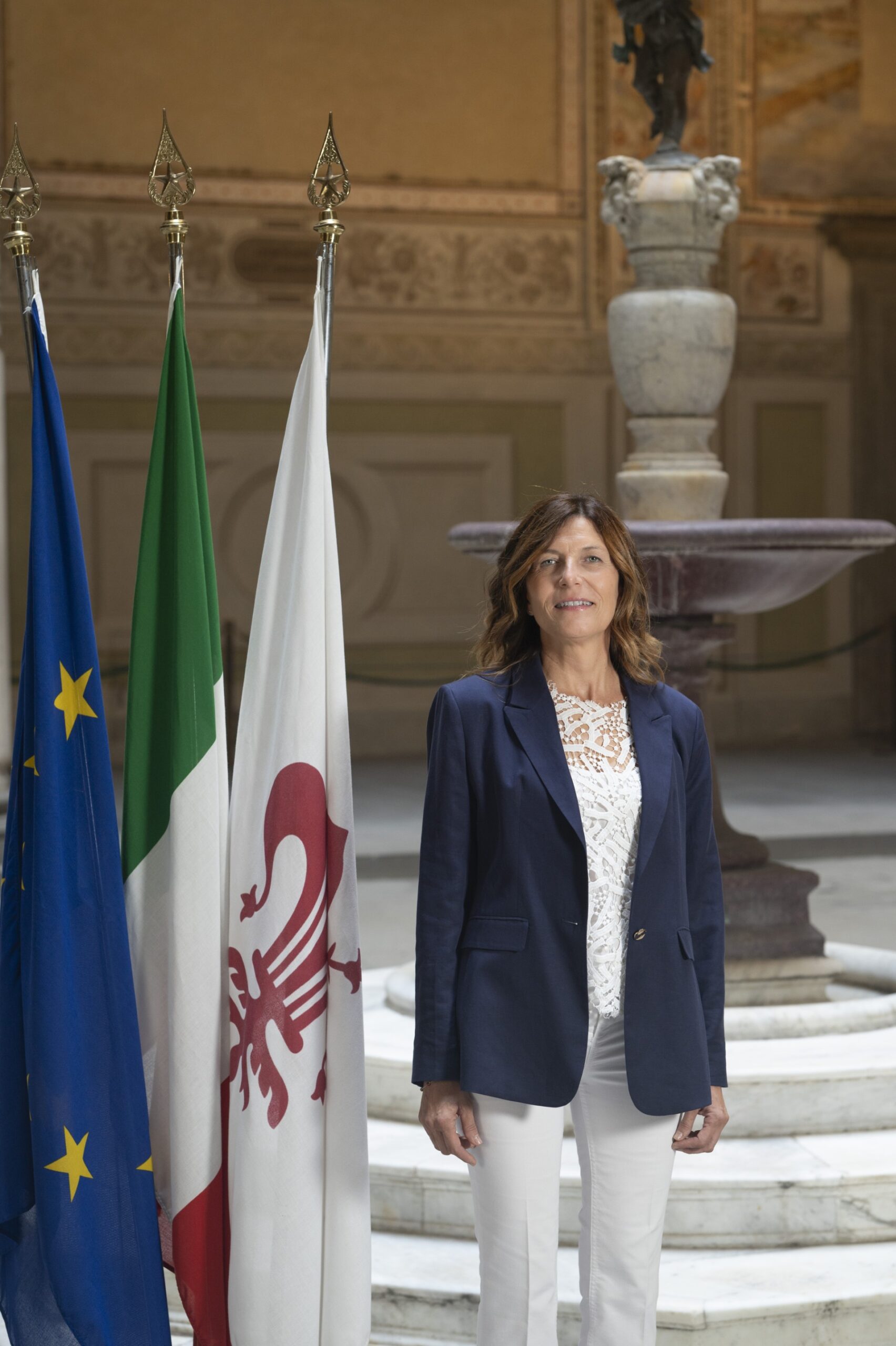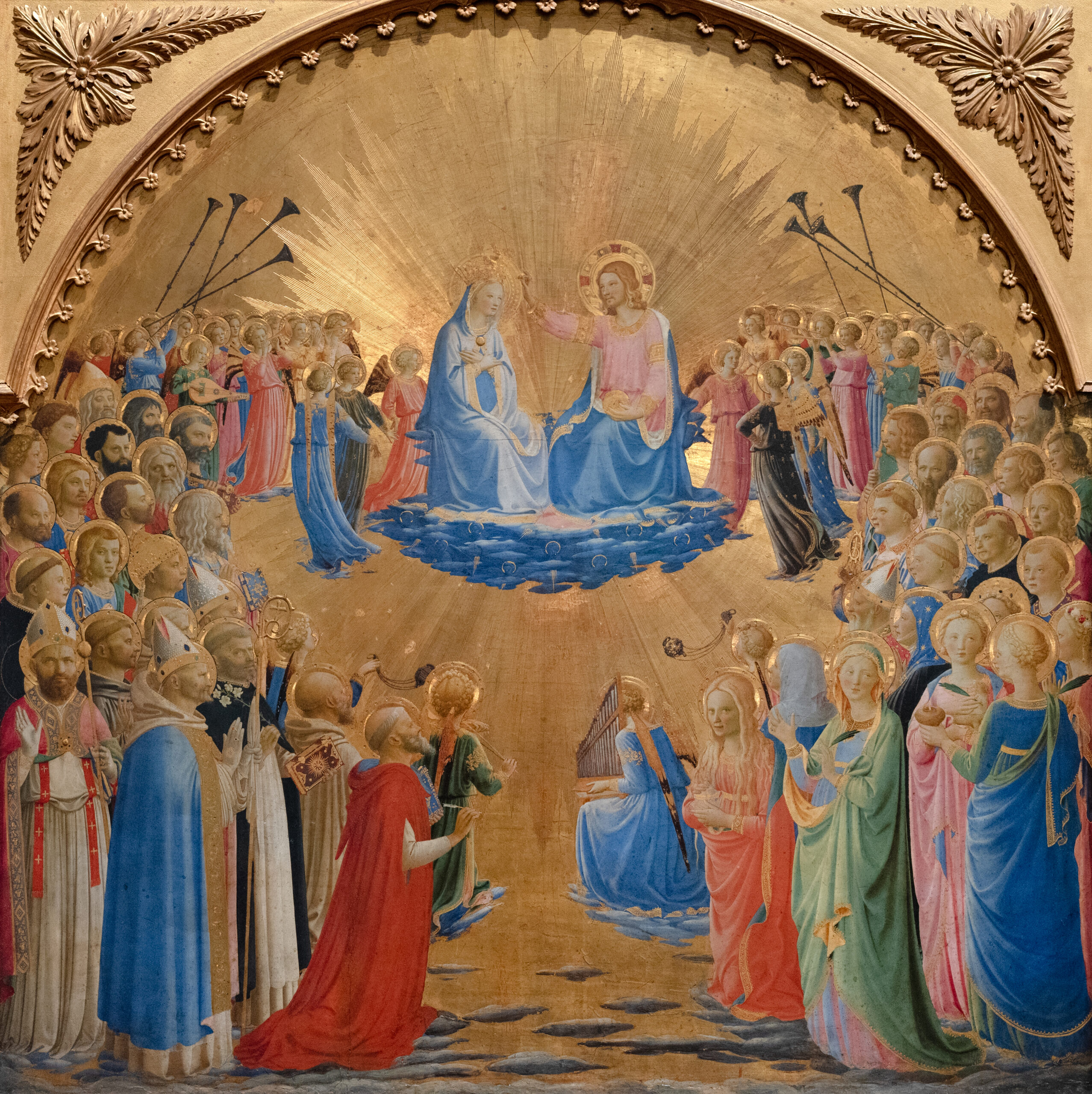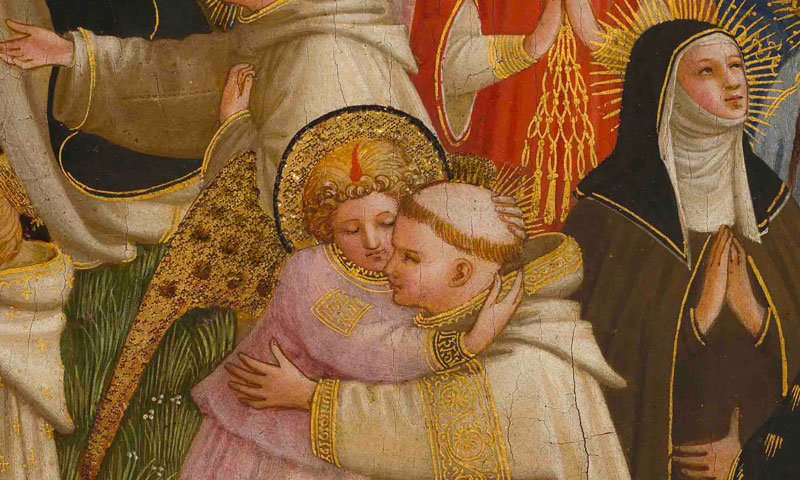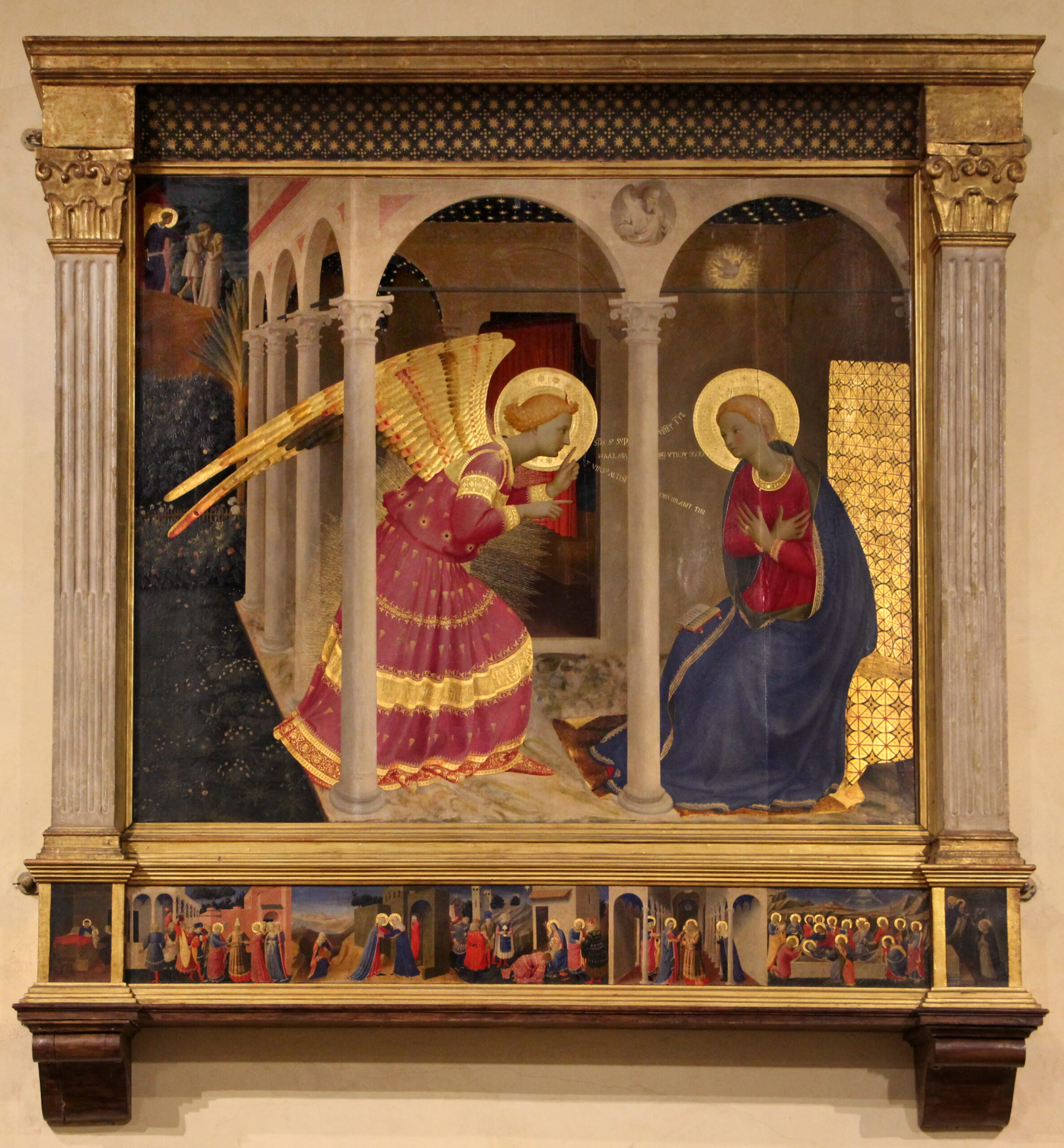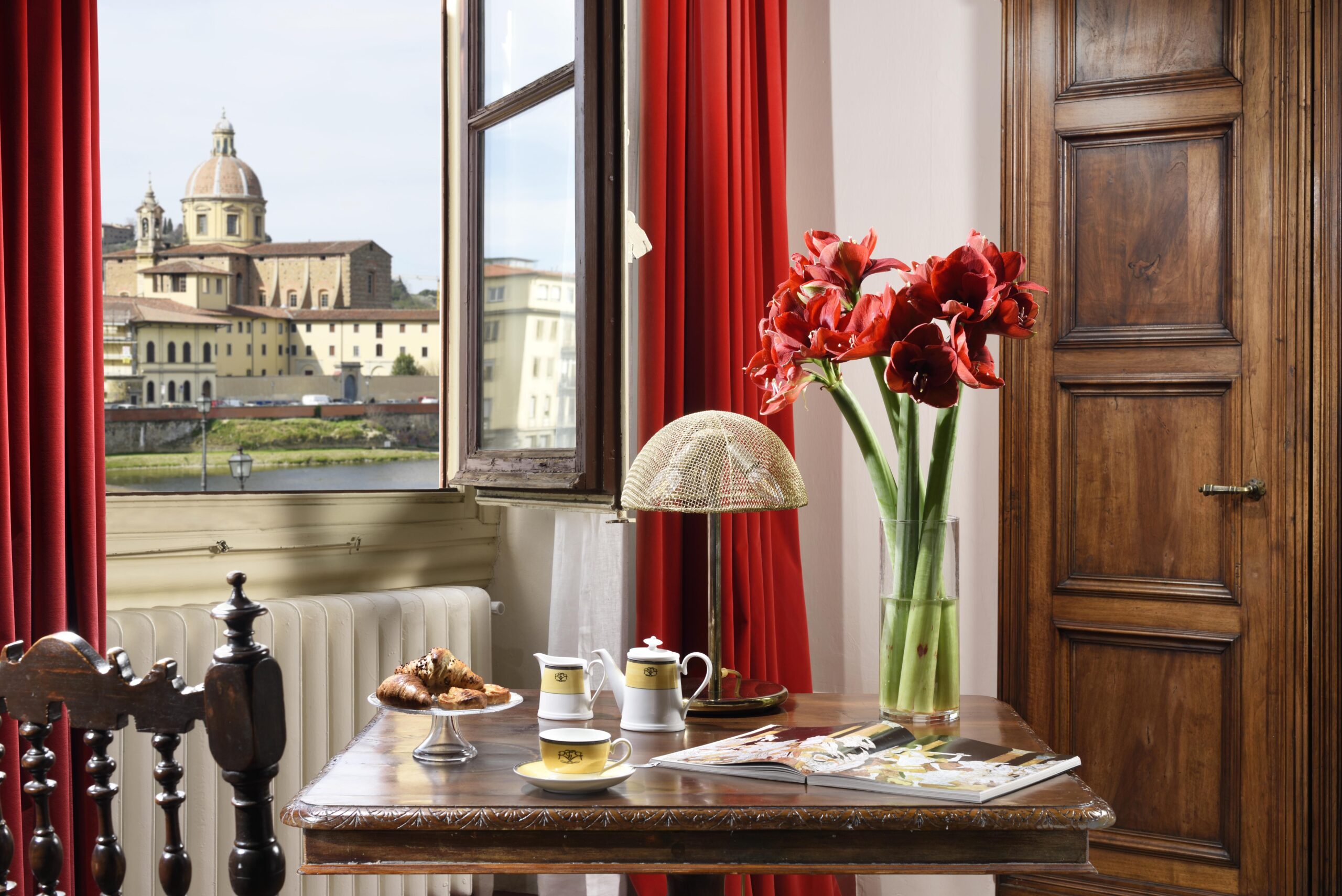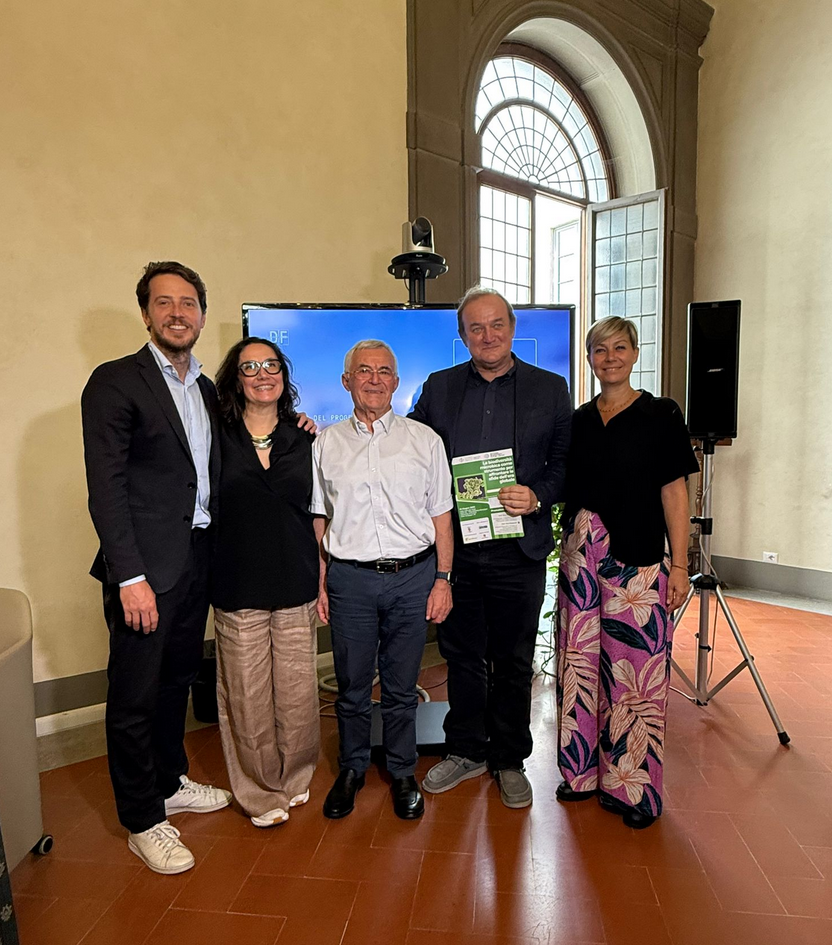Co-organized with the Ministry of Culture’s regional museum directorate, this is the first major Florence exhibition dedicated to Angelico in 70 years. The Dominican friar’s artistic genius found its most enduring expression within the walls of San Marco itself.
Born around 1395 in Rupecanina near Vicchio in the Mugello, Guido di Pietro, later known as Fra Angelico, entered the Dominican Order in nearby Fiesole sometime between 1418 and 1421. He took his vows at the Convent of San Domenico, where he began painting large altarpieces that would launch his career. But it was in Florence, and more specifically at San Marco, where Angelico’s vision would come to full fruition.
The Museum of San Marco—once the Dominican convent where Angelico lived and worked—holds the most comprehensive collection of his frescoes. Commissioned by Cosimo de’ Medici as part of a major renovation project, the convent was transformed into a theological and artistic beacon. Angelico was entrusted with decorating its interiors starting around 1440.
His frescoes at San Marco are not only his most personal works, but also some of the most powerful religious images of the early Renaissance. The North Corridor Annunciation, painted just outside the monks’ cells, is perhaps his most iconic rendering of the biblical scene. Unlike earlier depictions, this Annunciation conveys a sacred stillness—Mary sits in quiet acceptance, Gabriel approaches with reverence, and divine light infuses the cloistered space.


